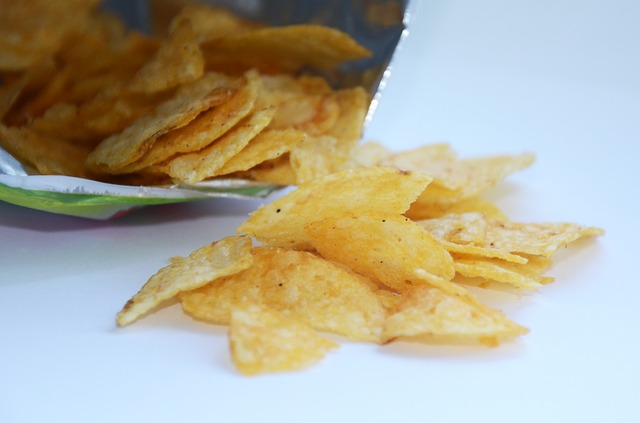You know the drill… it’s past dinnertime, late at night, and that bag of chips is calling your name from the kitchen. You grab a small handful and walk away, only to come back moments later and grab a few more handfuls. Before you know it, the bag of chips is half empty and you find yourself wishing you never walked into the kitchen in the first place.
Can I Stop Mindless Snacking?
Many people who fall into the mindless snacking cycle have a long history of it. Habits can be hard to break, but with a few key strategies, you can stop the cycle and develop a healthier relationship with food.
The key is not to focus on a weight-loss goal or send yourself into a “diet” mentality. To truly break the cycle of mindless snacking, you have to do it for your health, not a number on the scale. This also means that the changes you make shouldn’t be temporary, but part of a lifestyle overhaul that you can stick to for years to come.
Tips for Breaking the Cycle
Combat the Underlying Cause
First and foremost, get to the root of your snacking. Do you usually snack when you’re bored? Stressed? Ruminating on something that happened during the day? Start to take notice when your emotions are driving your urge to snack and use this consciousness to curb your appetite. It might require a ton of practice, but it will improve your relationship with food forever.
Listen to Your Internal Clock
Rather than planning to eat at certain times of the day, listen to your internal clock to alert you to when you are hungry. Look for physical sensations such as low energy or a rumbling in your stomach. True hunger builds gradually and doesn’t stop – so before you eat, try seeing if your urge to snack isn’t curbed by a glass of water or a healthy option such as an apple.
Try Not to Multitask
You’re likely to snack more if you’re watching television, scrolling through social media, driving, or even reading a book. When you do eat, put all of your concentration into chewing your food and savoring the taste. This should help you feel more satisfied and make you aware of how much you are actually eating.
Choose a Quality Snack
Nutrient-rich snacks will help your body feel nourished and prevent the need to keep on snacking. Try adding a little fat and protein without a bunch of empty carbs. For example:
- A banana or apple paired with a spoonful of nut butter
- A small handful of nuts and seeds (watch the portion size)
- Sliced tomatoes, cucumbers, or carrots paired with hummus
- Greek yogurt with blueberries or strawberries mixed in
- Turkey roll-ups with sliced cheddar or mozzarella cheese inside
Redirect Your Attention
If you’re not actually hungry but you have a craving, redirect your attention to a different activity. Go on a walk outside, work on a craft hobby, mow the lawn, call a loved one, or do some chores away from the kitchen (vacuuming, laundry, etc.).
Treat Your Snacks Like Meals
Rather than eating right out of the bag or from the food container, put your snack on a plate or in a bowl and head to the table. Put away your phone, stop working, and focus solely on eating. Being more intentional with your food will help you recognize when you are full and when you are satisfied enough to stop eating.
Seek Out Support
It can be difficult to change your habits and lifestyle. If you’re struggling, don’t be embarrassed to seek help from a loved one or a health professional. If your habits are largely driven by your emotions, a psychologist or mental health counselor can help. You can also try a dietitian to help you practice healthier ways of eating, shopping, and preparing food.






